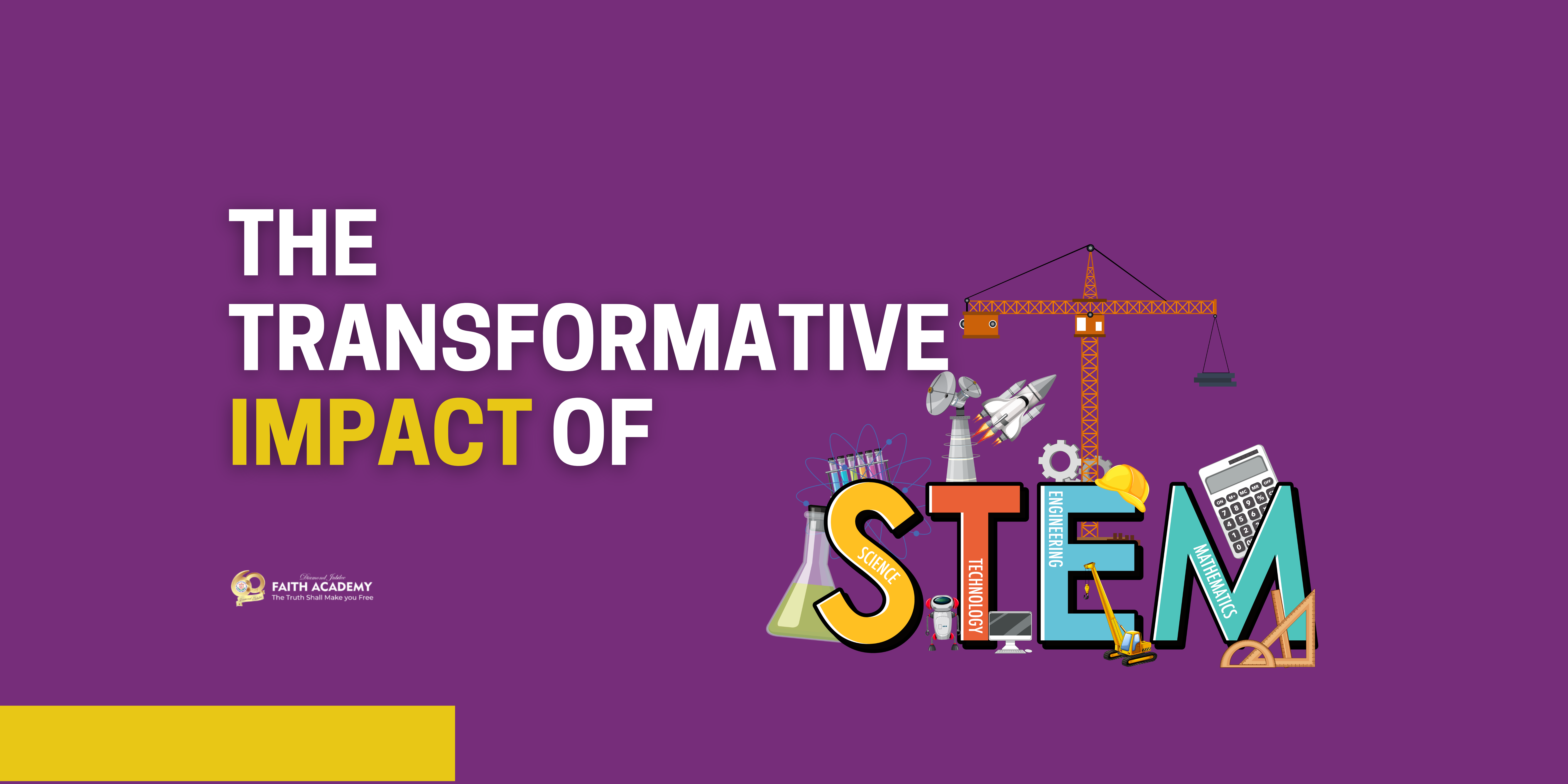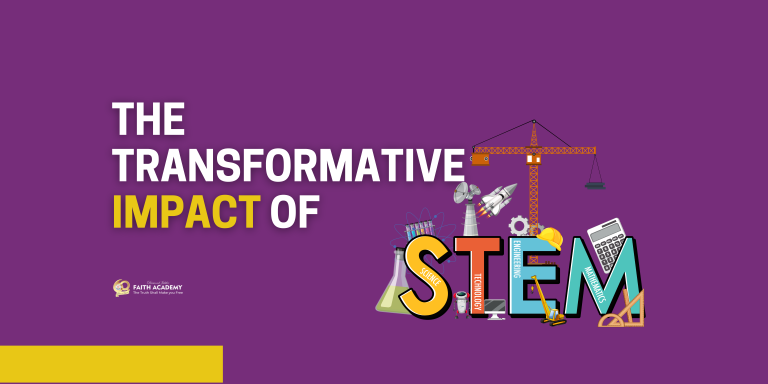Introduction:
In today’s rapidly evolving world, where technological advancements shape every aspect of our lives, the importance of STEM education cannot be overstated. STEM, which stands for Science, Technology, Engineering, and Mathematics, forms the cornerstone of innovation, progress, and problem-solving. In this blog, we delve into the transformative impact of STEM education and how it prepares students for success in the 21st century and beyond.
Unlocking Creativity and Innovation:
STEM education encourages students to think critically, solve complex problems, and innovate. Through hands-on experiments, projects, and real-world applications, students develop the creativity and ingenuity necessary to tackle the challenges of tomorrow. Whether designing robots, conducting scientific experiments, or coding software, STEM empowers students to unleash their imaginations and turn ideas into reality.
Preparing for the Future Workforce:
The demand for STEM professionals continues to grow, with numerous job opportunities available in fields such as software development, engineering, healthcare, and renewable energy. By equipping students with STEM skills, we are preparing them for the jobs of the future and ensuring they remain competitive in a global economy. STEM education fosters adaptability, resilience, and a lifelong love of learning, essential qualities for success in any career path.
Fostering Collaboration and Teamwork:
STEM education emphasizes collaboration and teamwork, mirroring the collaborative nature of real-world scientific and technological endeavors. Through group projects and interdisciplinary activities, students learn to communicate effectively, work cooperatively, and leverage each other’s strengths. These collaborative experiences not only enhance academic learning but also prepare students for the collaborative nature of the modern workplace.
Addressing Real-World Challenges:
From climate change to healthcare disparities, many of the world’s most pressing challenges require innovative STEM solutions. STEM education empowers students to become global citizens and agents of change by addressing real-world problems through scientific inquiry and technological innovation. By instilling a sense of responsibility and empathy, STEM education inspires students to use their knowledge and skills to make a positive impact on society.
Promoting Diversity and Inclusion:
Diversity is a cornerstone of STEM education, as it brings together individuals with different perspectives, backgrounds, and experiences. By promoting diversity and inclusion in STEM fields, we can harness the full potential of our collective talent pool and drive innovation. STEM education initiatives that reach underserved communities and underrepresented groups help bridge the diversity gap and create pathways for all students to pursue STEM careers.
Conclusion:
In conclusion, STEM education is not just about teaching science, technology, engineering, and mathematics—it’s about empowering the next generation of innovators, problem-solvers, and leaders. By fostering creativity, preparing students for the future workforce, promoting collaboration, addressing real-world challenges, and promoting diversity and inclusion, STEM education paves the way for a brighter, more equitable future. As educators, parents, and policymakers, we must continue to prioritize STEM education and ensure that all students have access to the knowledge and skills they need to succeed in the 21st century and beyond.






